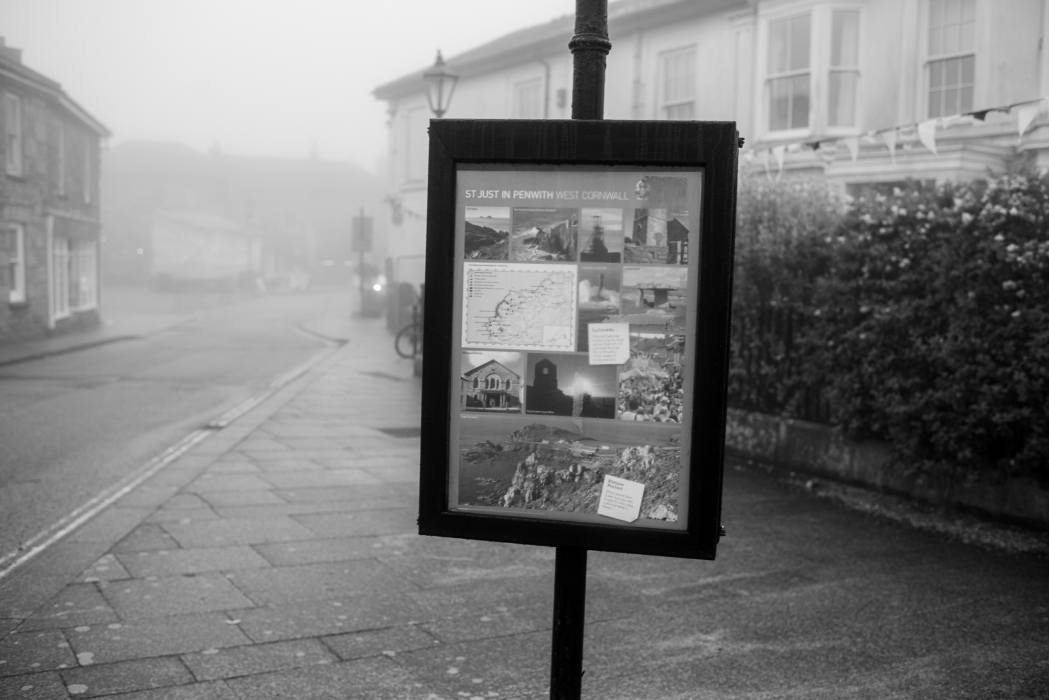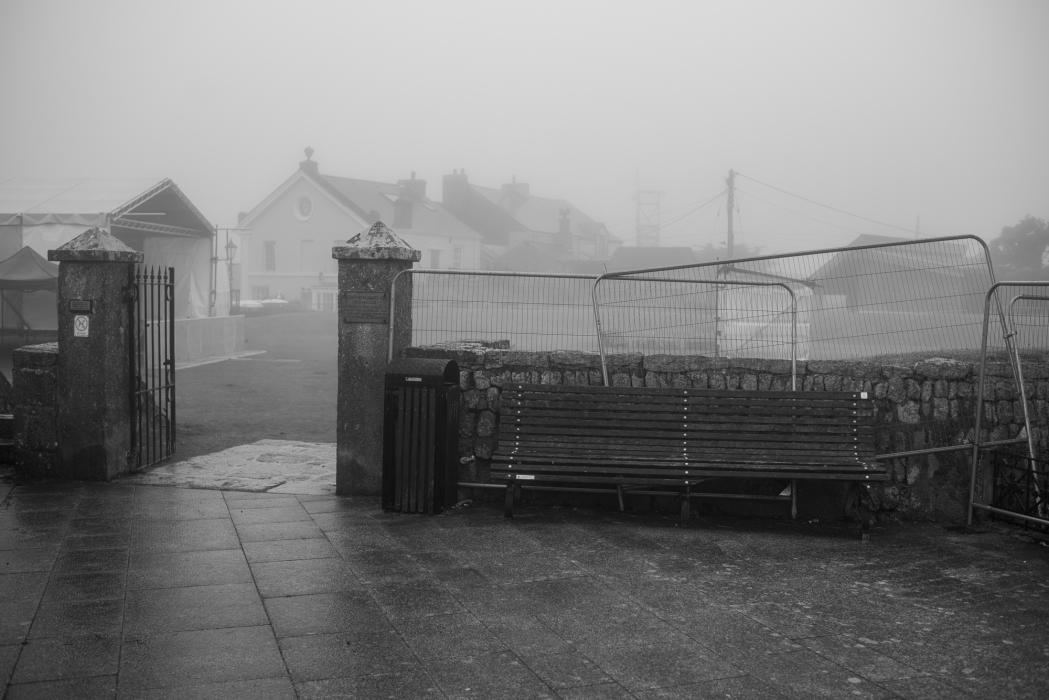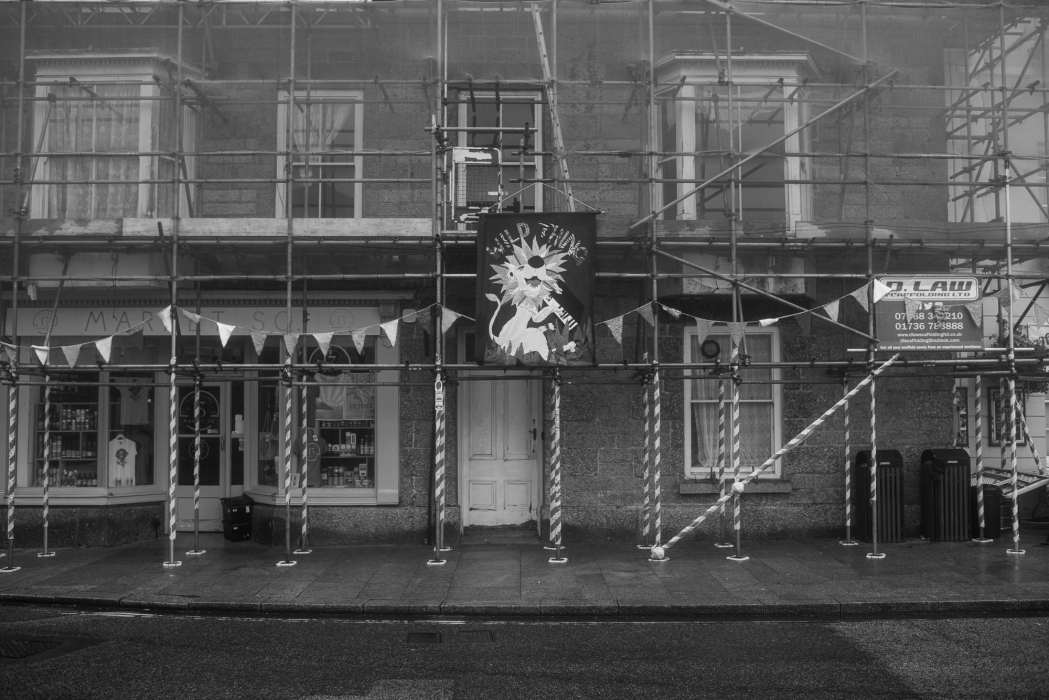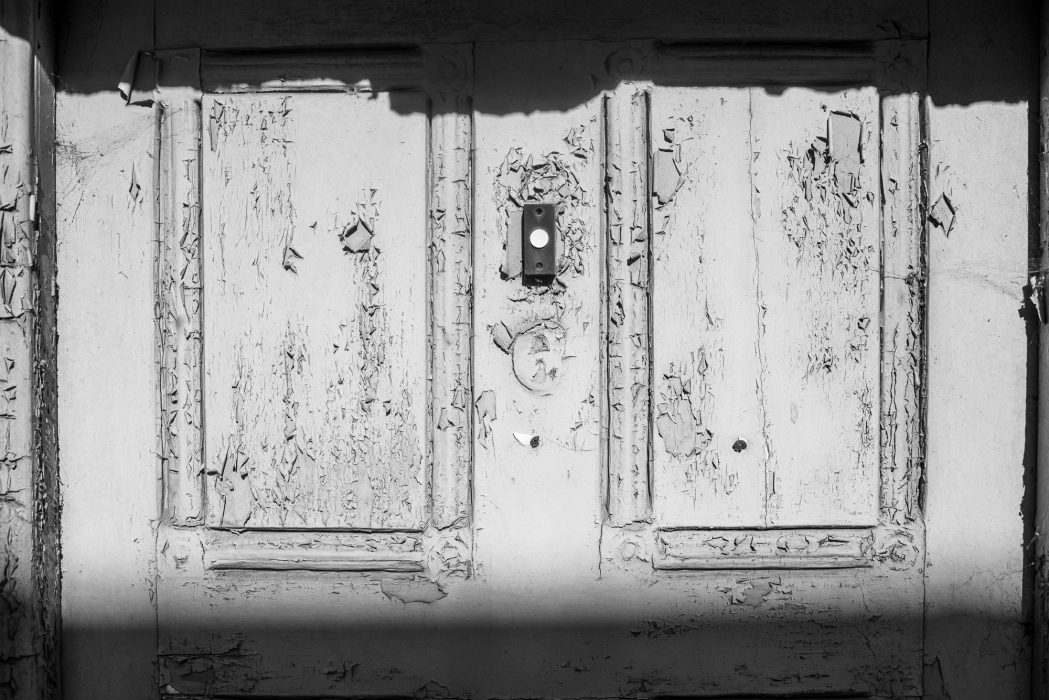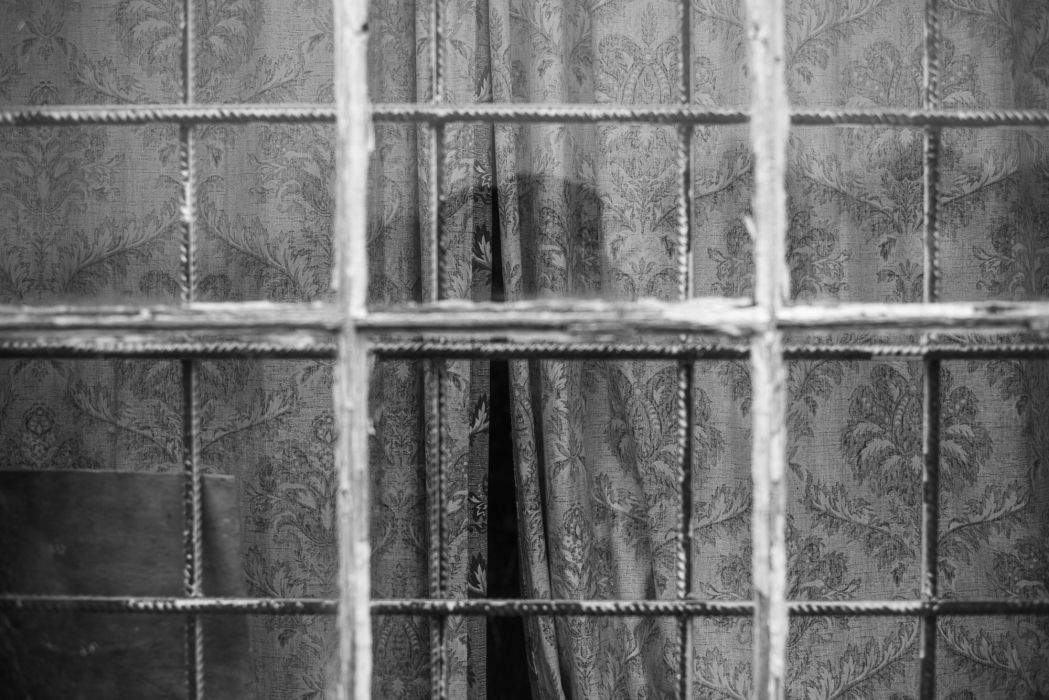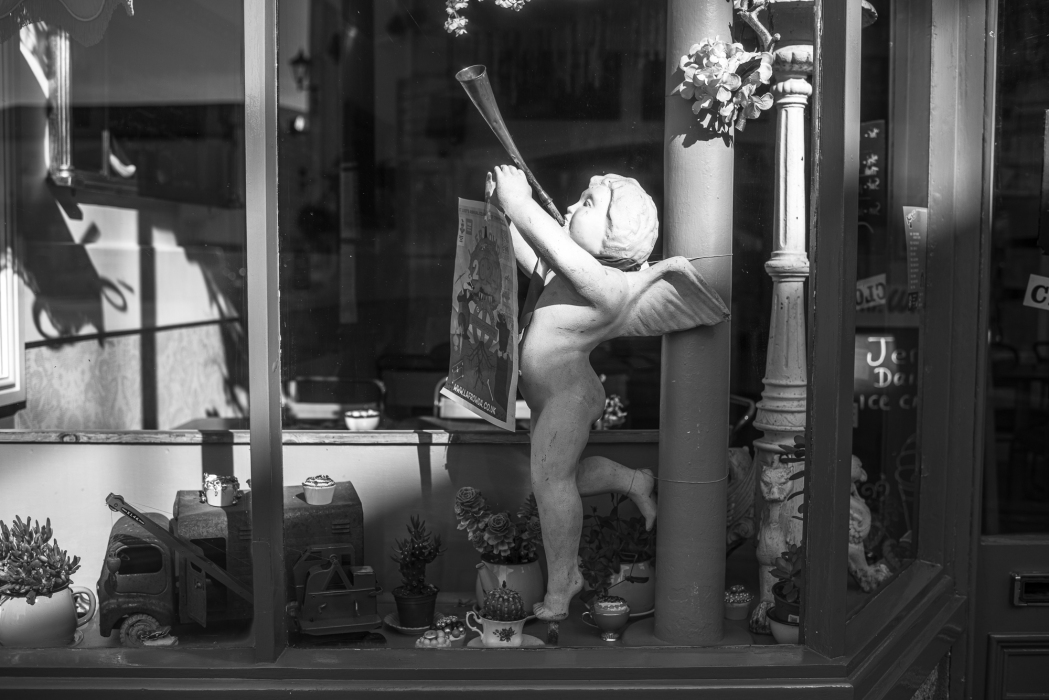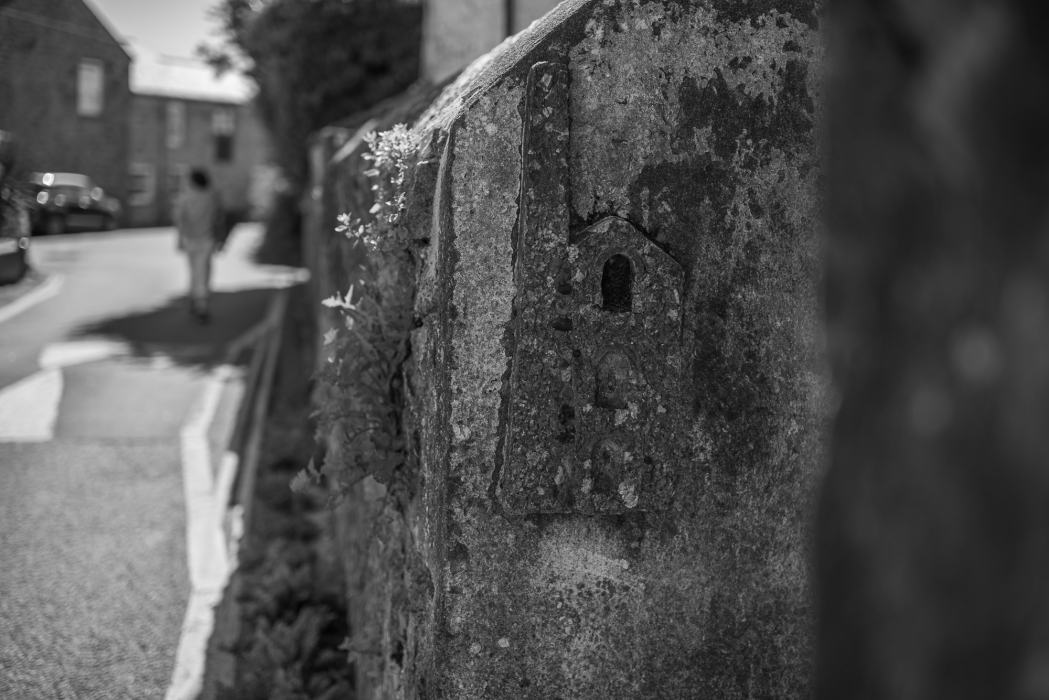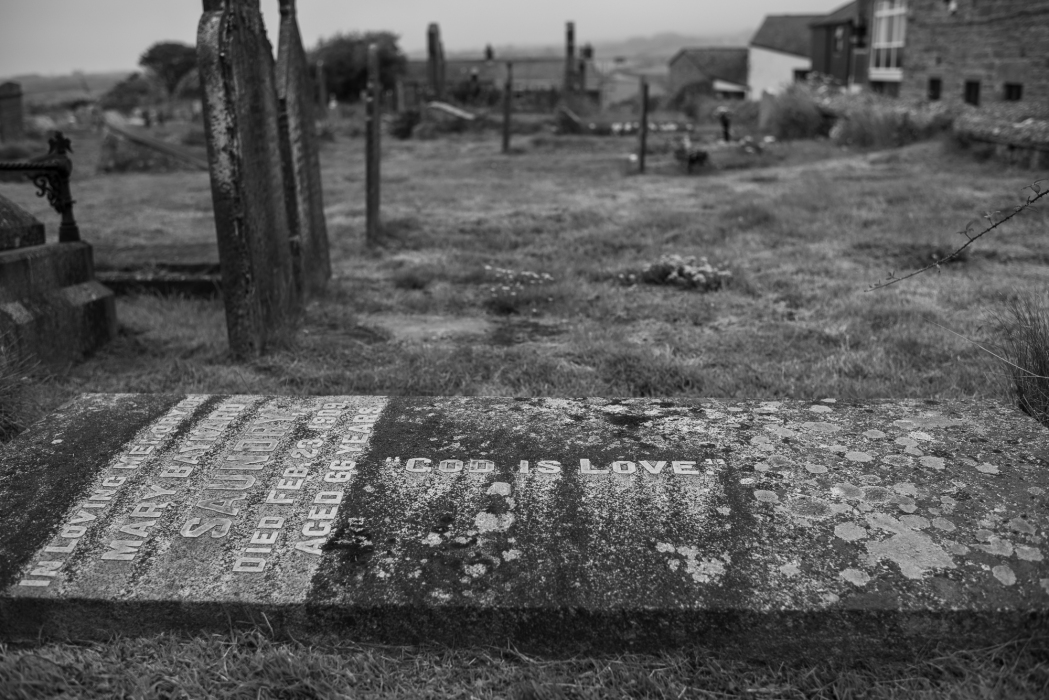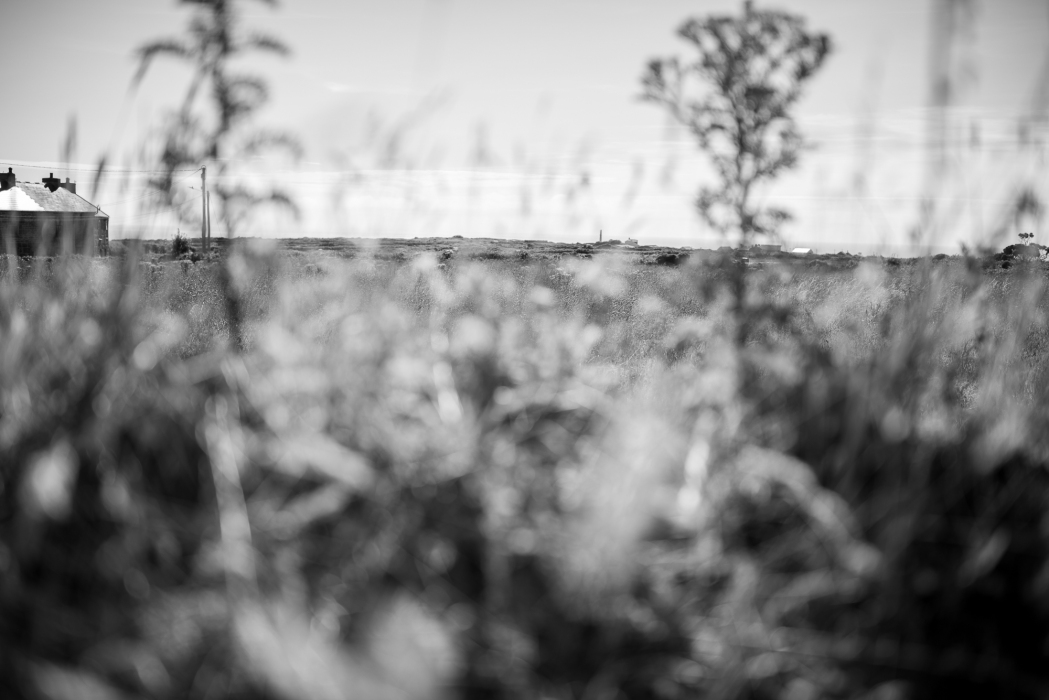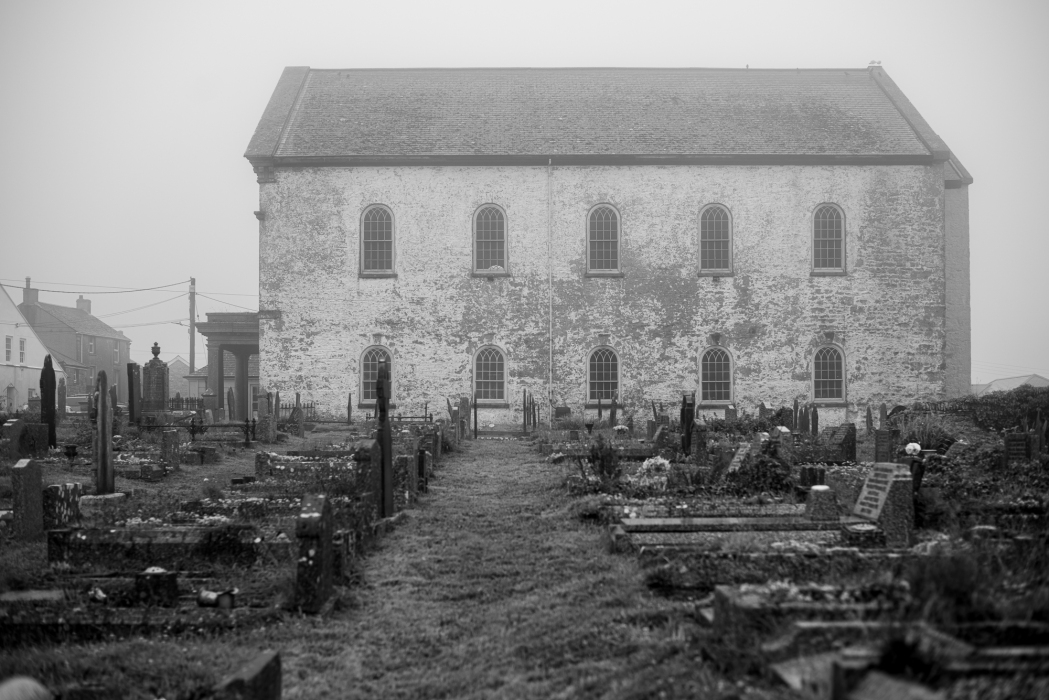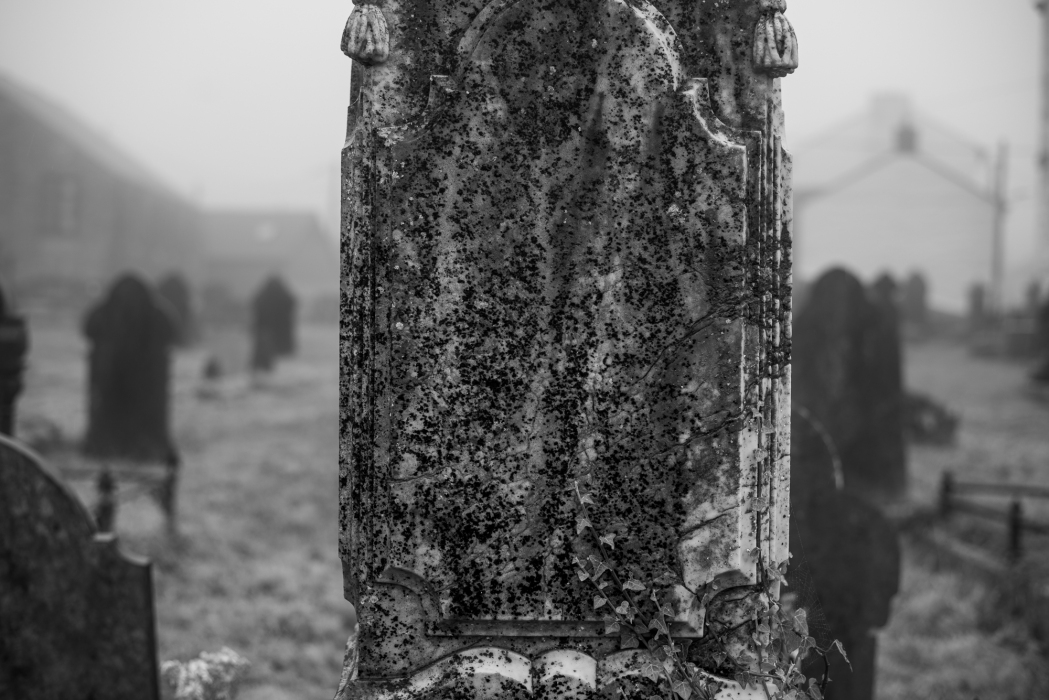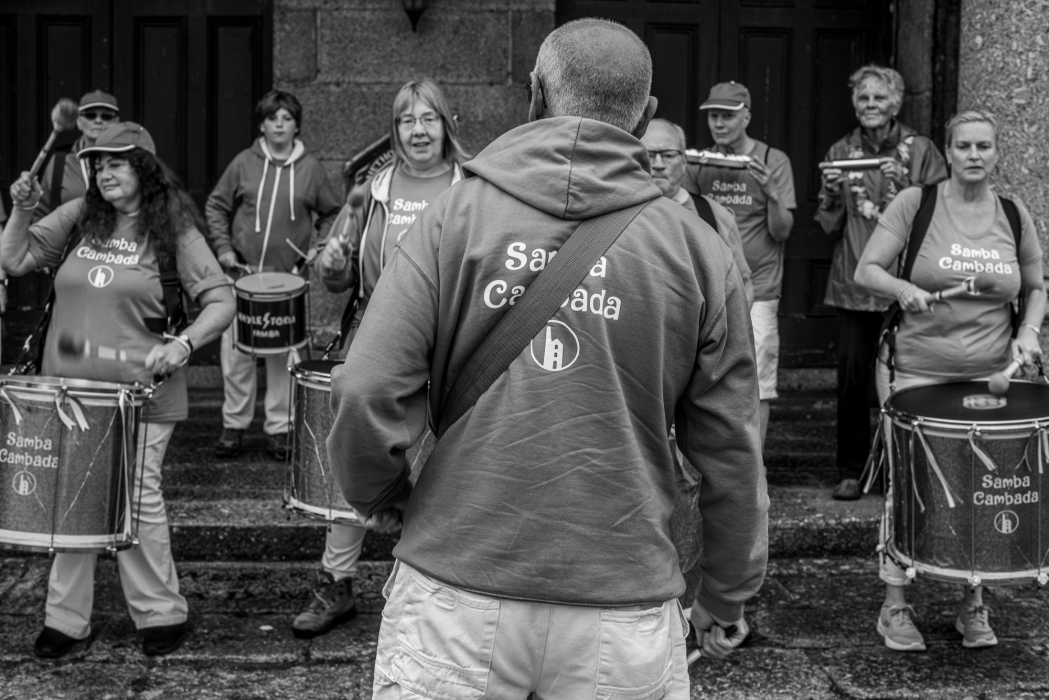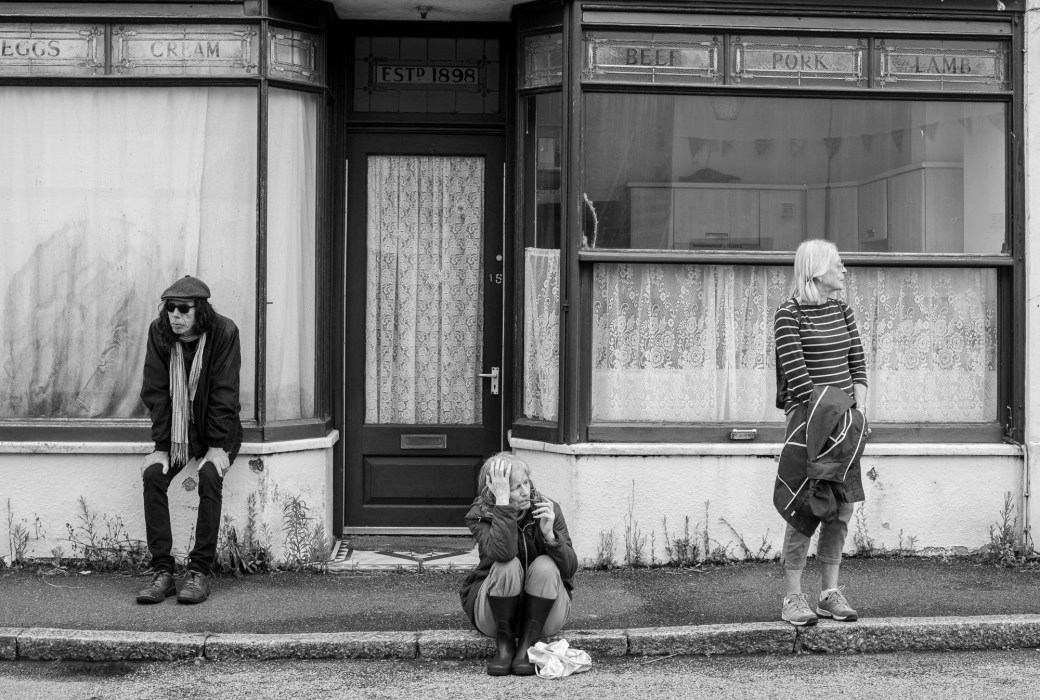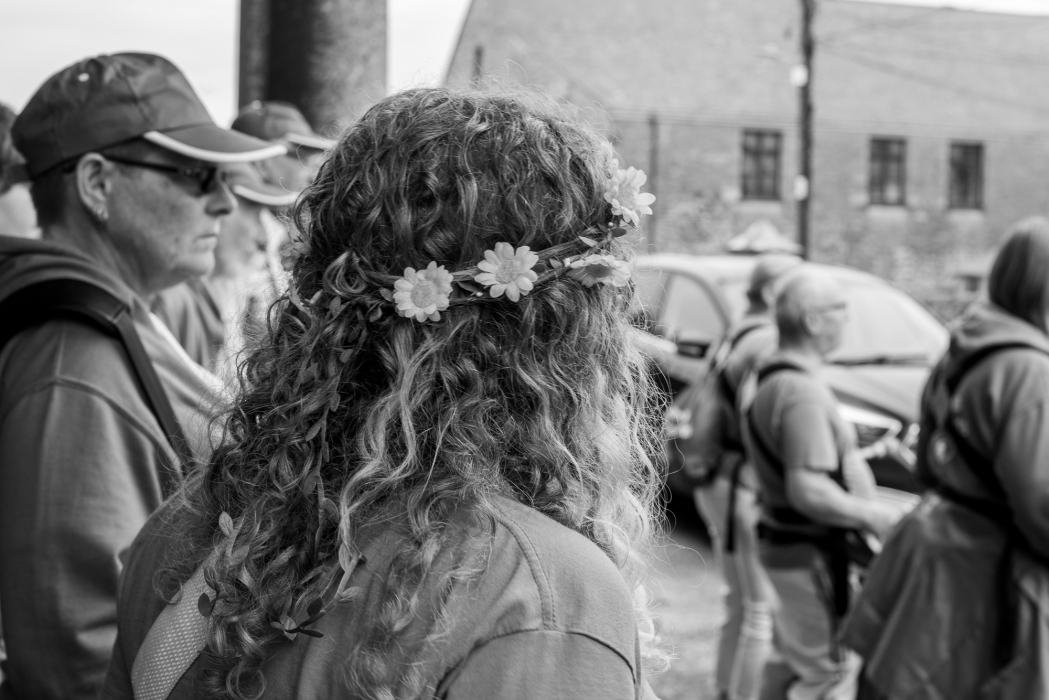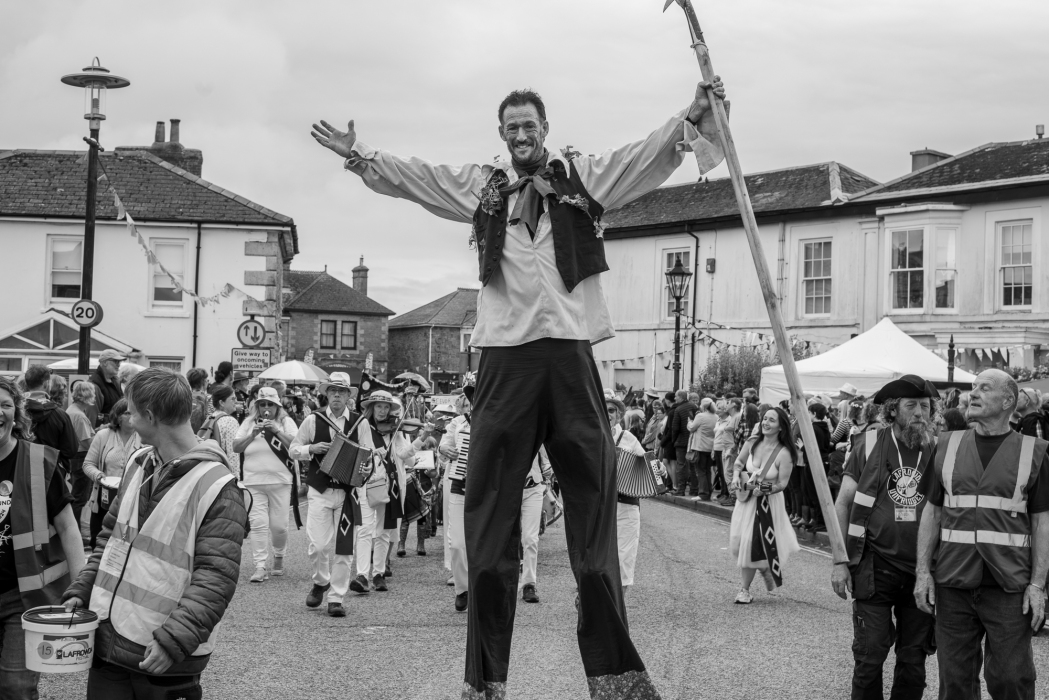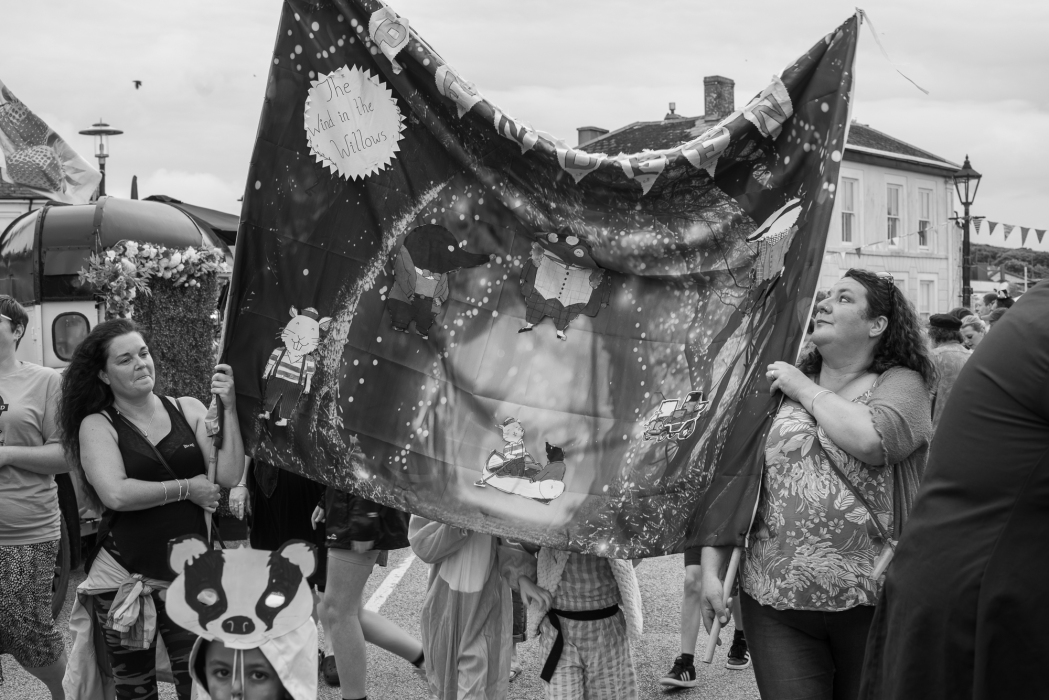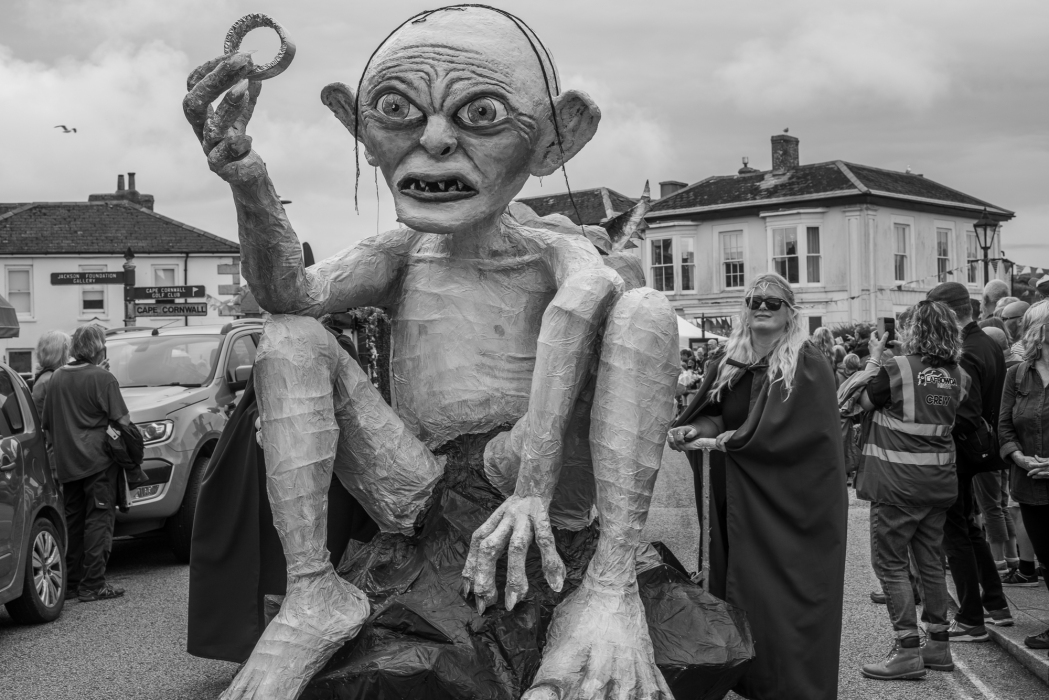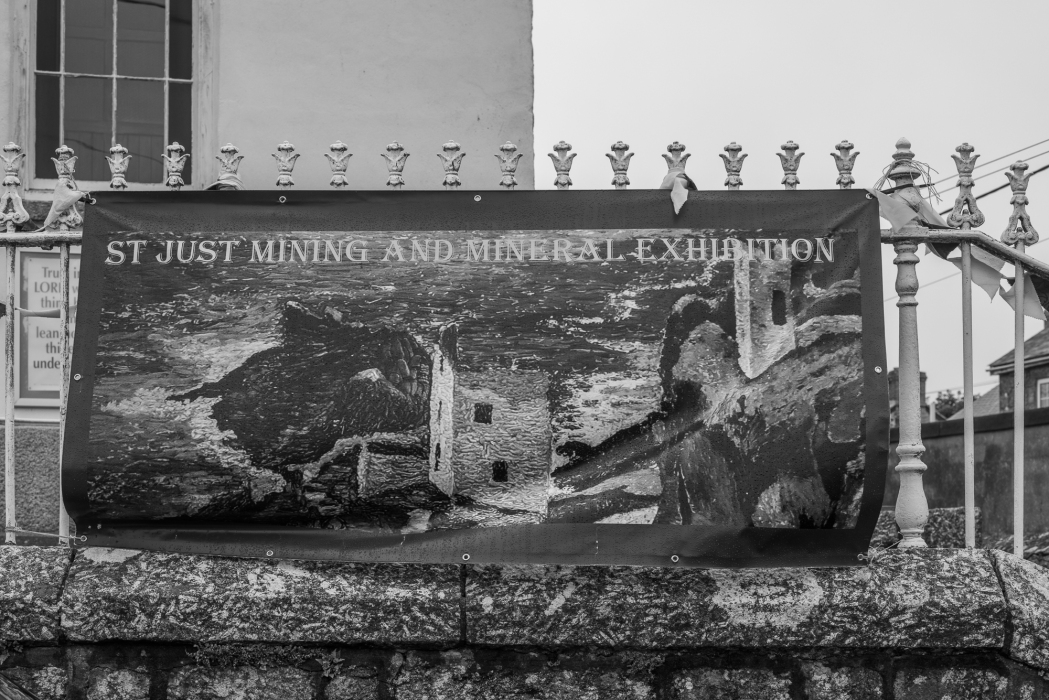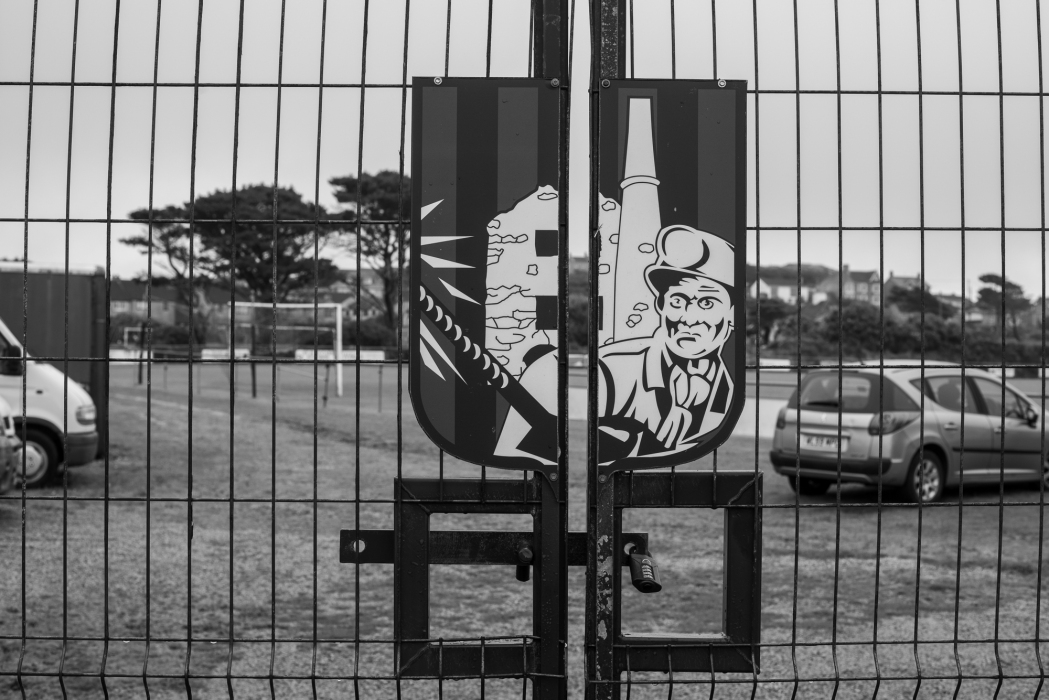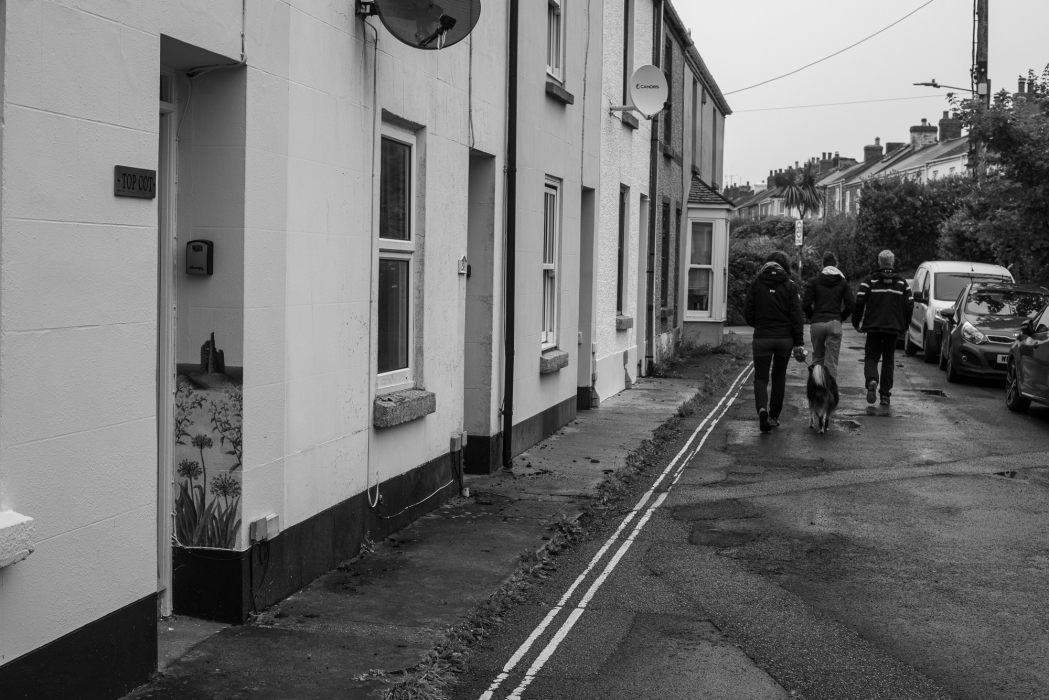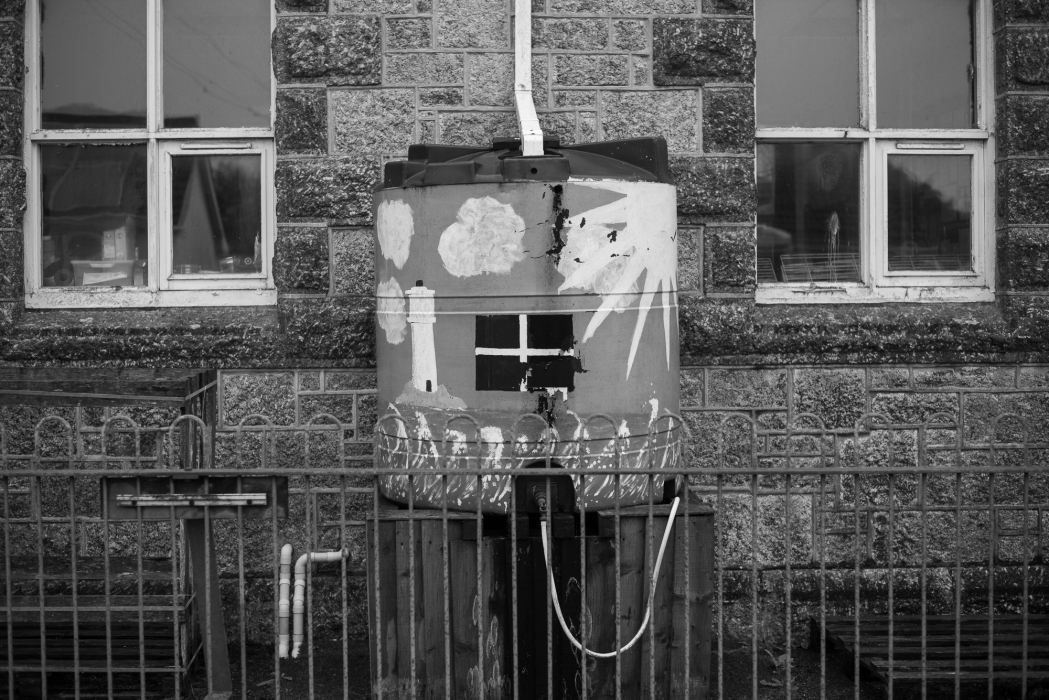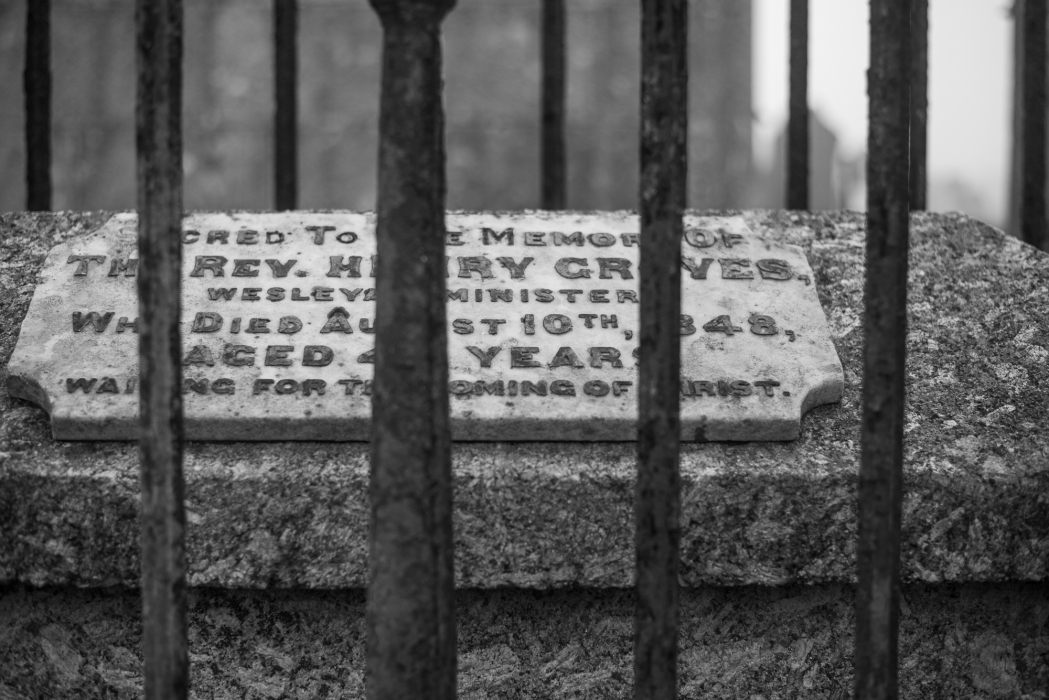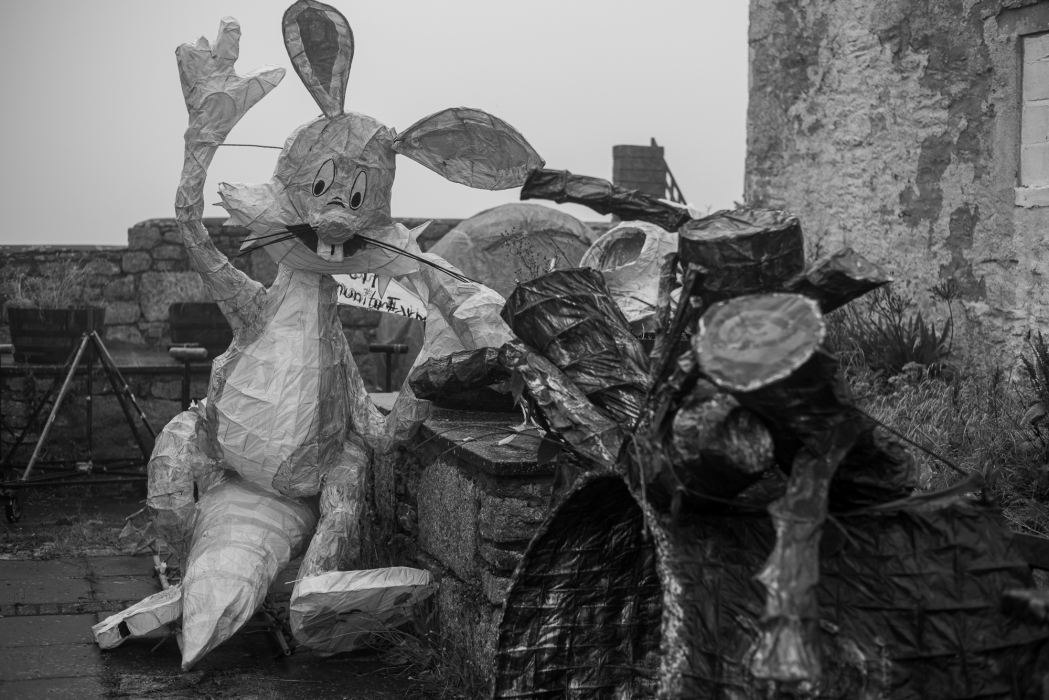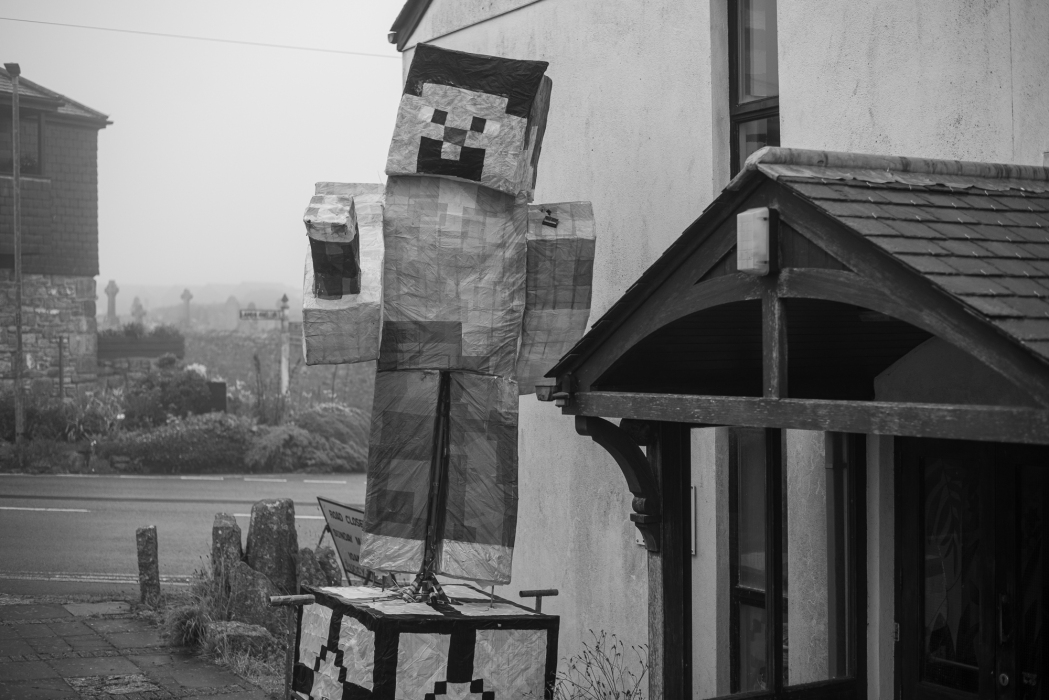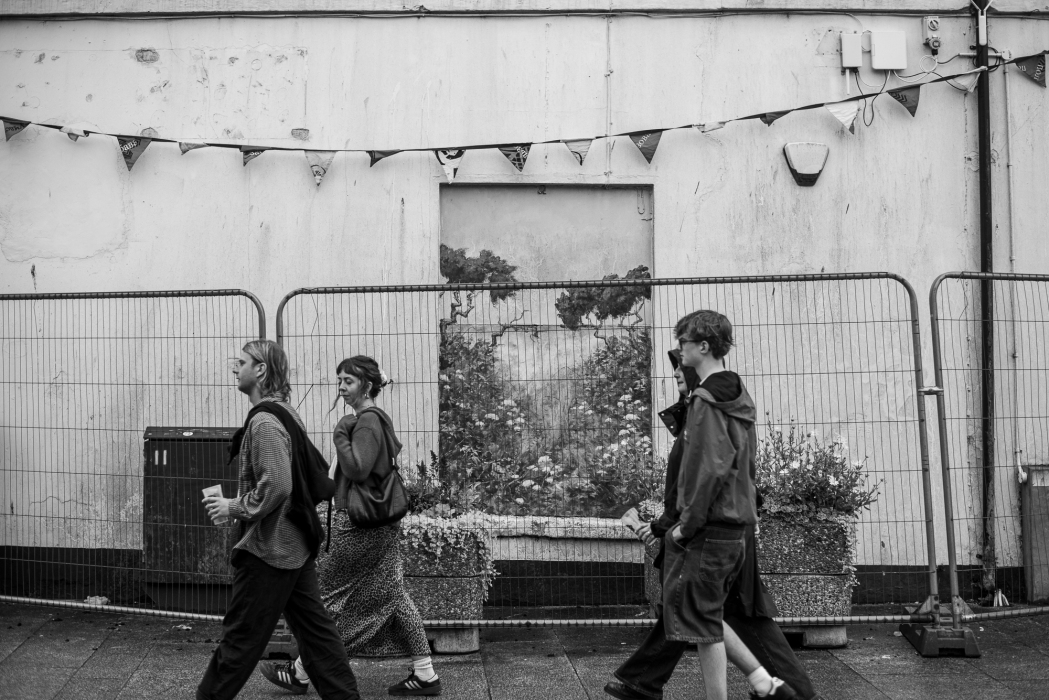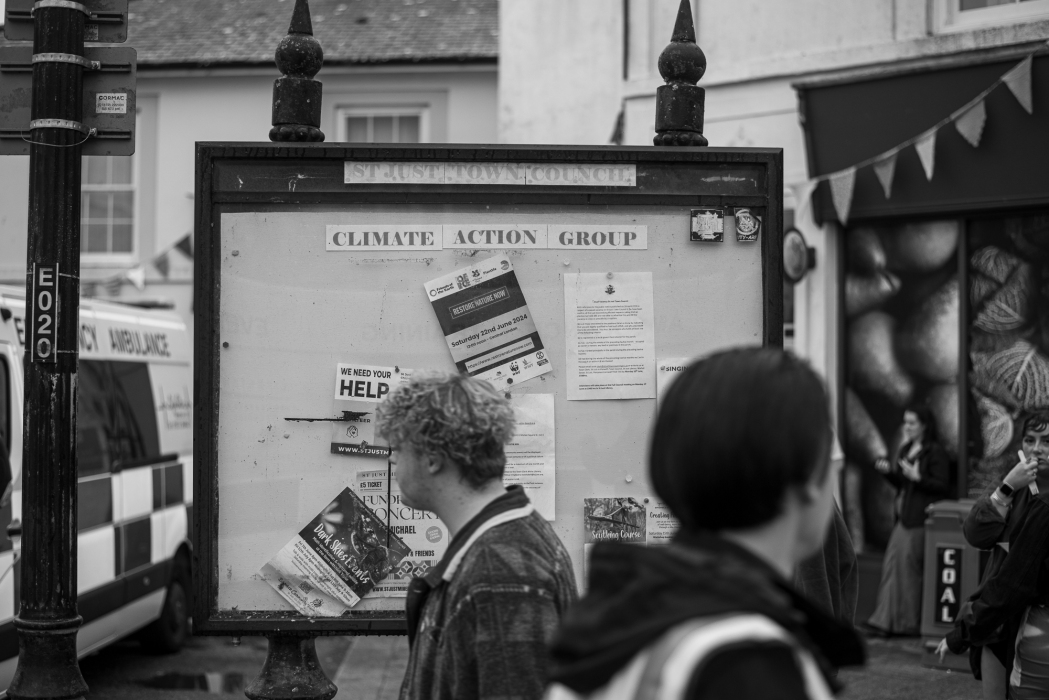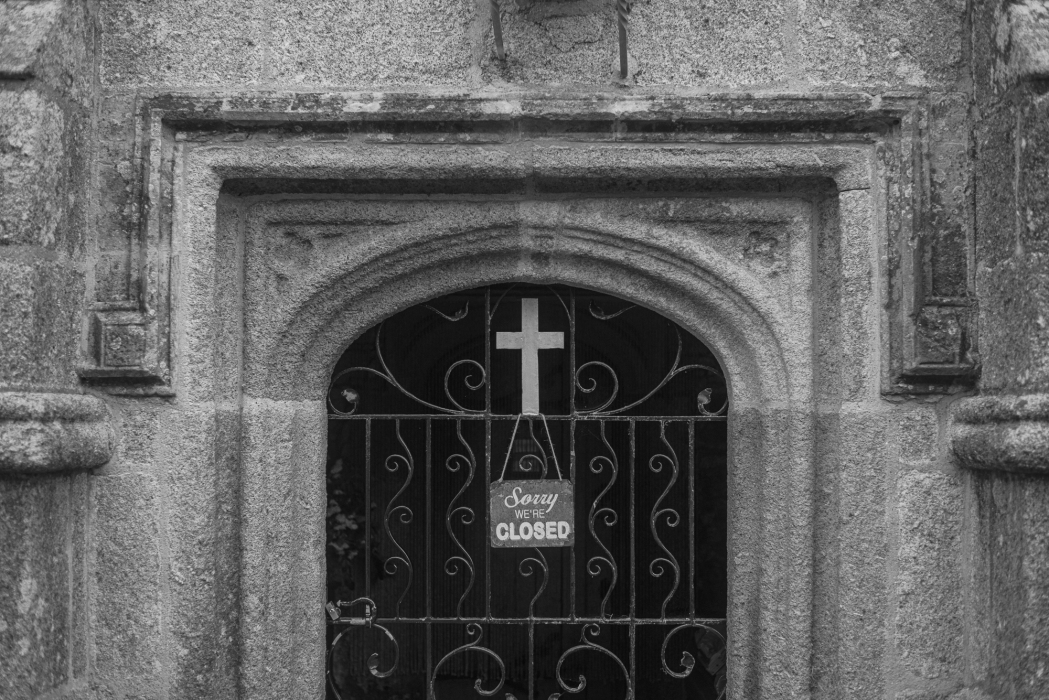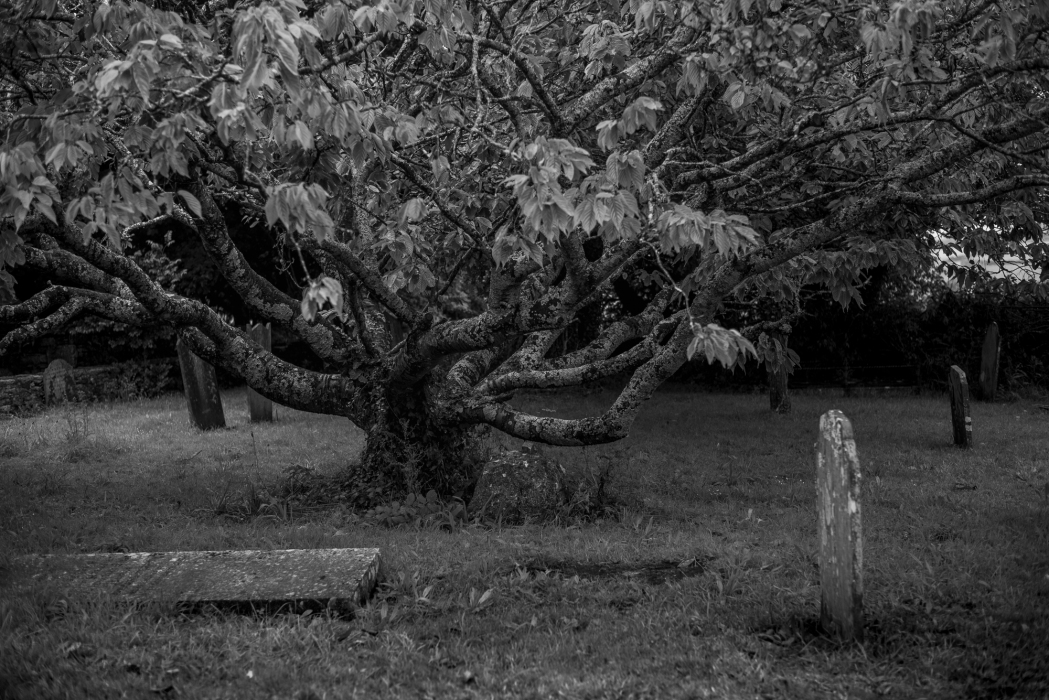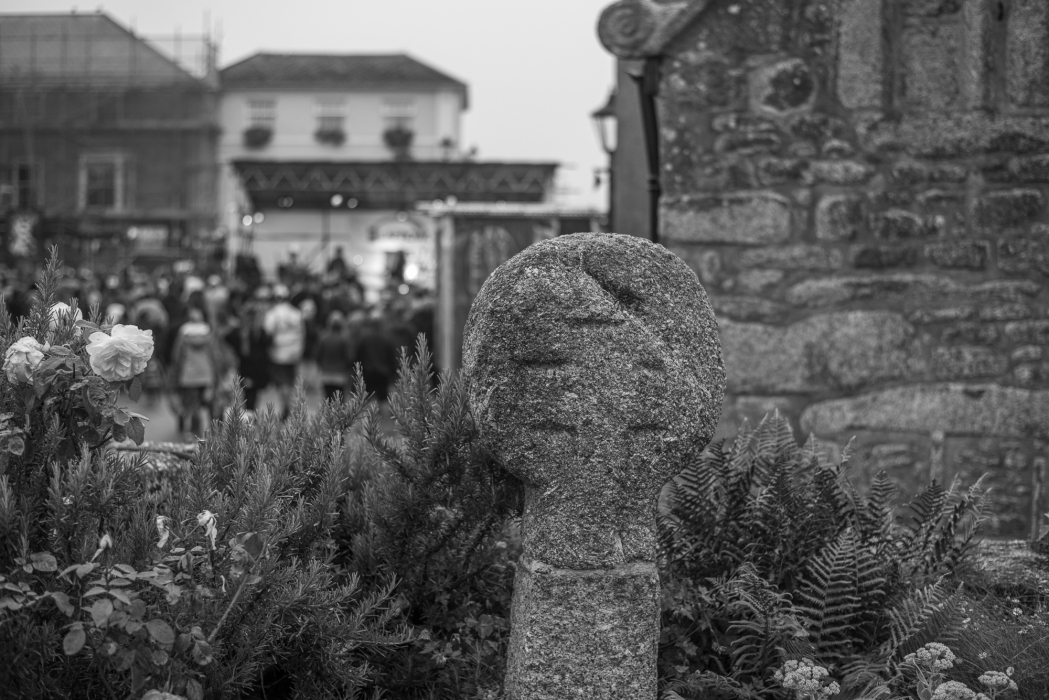I have recently considered the idea that the landscape around us is multi-factorial and multi-dimensional. A landscape may be viewed as a collection of layers of occupation where marks left by successive communities are similar in conceptual terms to those marks left by painters on a canvas. The only variable is the perceptual and selective preferences chosen by each person passing through that landscape; that landscape will be critically different for everyone who passes through.
Over the past few days I have spent time in West Penwith, west Cornwall, during the time of its annual Lafrowda Festival. The Festival’s stated aims are :
- To advance education in art and culture in particular, but not exclusively, in the St Just in Penwith area.
- To promote arts for the benefit of the public generally, and in particular for the inhabitants of St Just in Penwith, by promoting an annual festival of arts and music
This year’s theme was ‘Going Underground’ and a range of activities and performances were organised to reflect this theme.
The town and surrounding area is most well known for its mining and Wesleyan Heritage. It maybe difficult to entirely separate them over the last two hundred years. What is left of the mining environment has been formally declared a World Heritage Site and is now protected. Cornish miners and mining engineers are also celebrated for taking their skills and knowledge around the world, assisting with the development of mining industries in many countries. An important part of that ‘diaspora’ has been the strong following of Christian faith; both the Church of England and the Methodist Church has played important roles. The accumulated temporal, spiritual and industrial layers of all of these events provide a living tapestry upon which St Just continues to shine its unique star.
These photographs provide a snapshot of how, on those few days over the rain and mist at Lafrowda Festival, I saw those complex and subtly resonating layers of local landscape.
